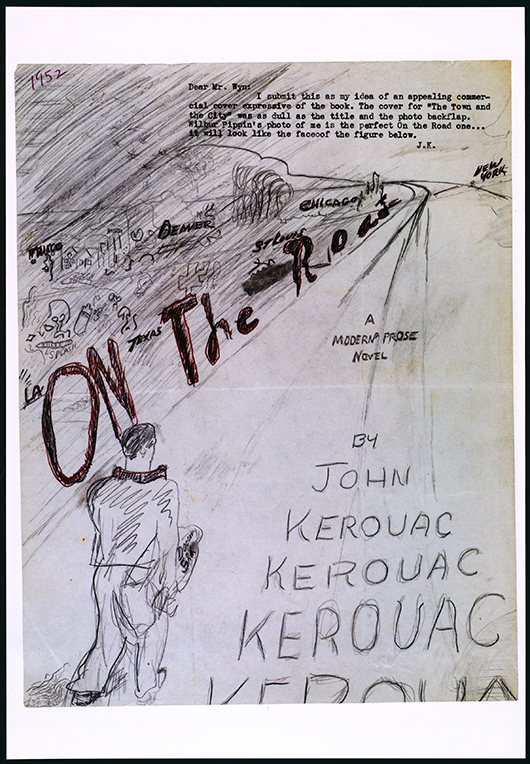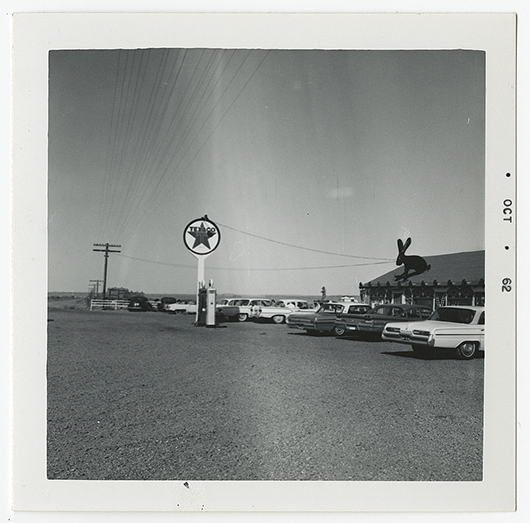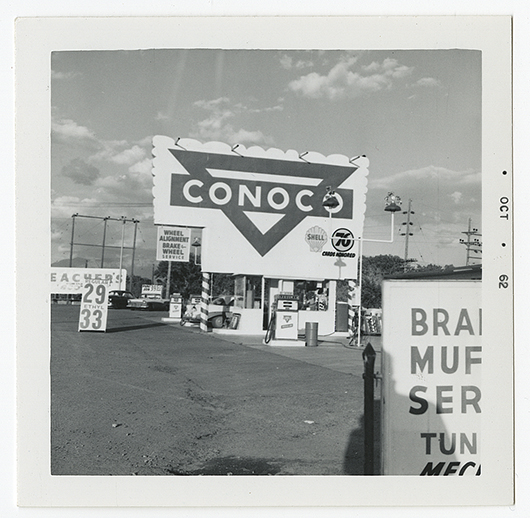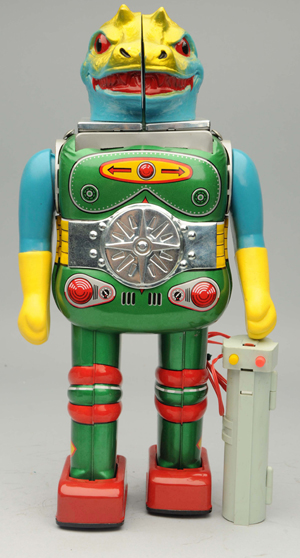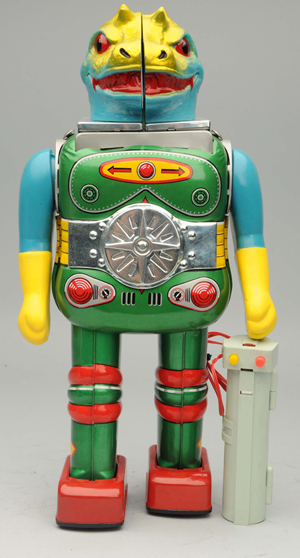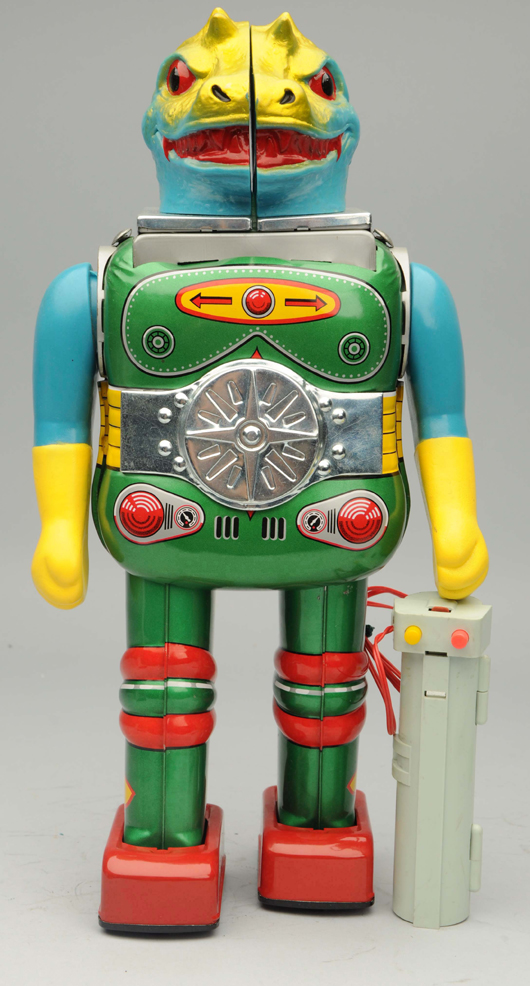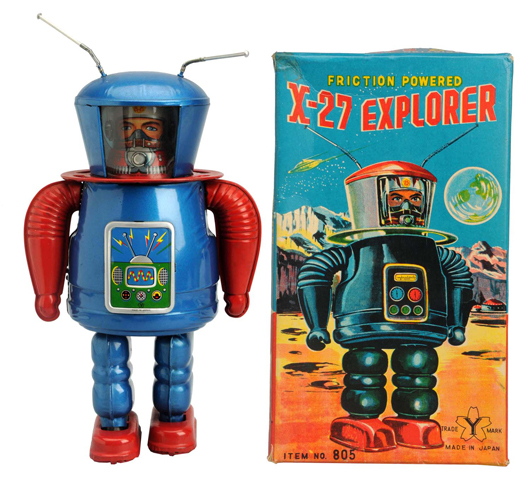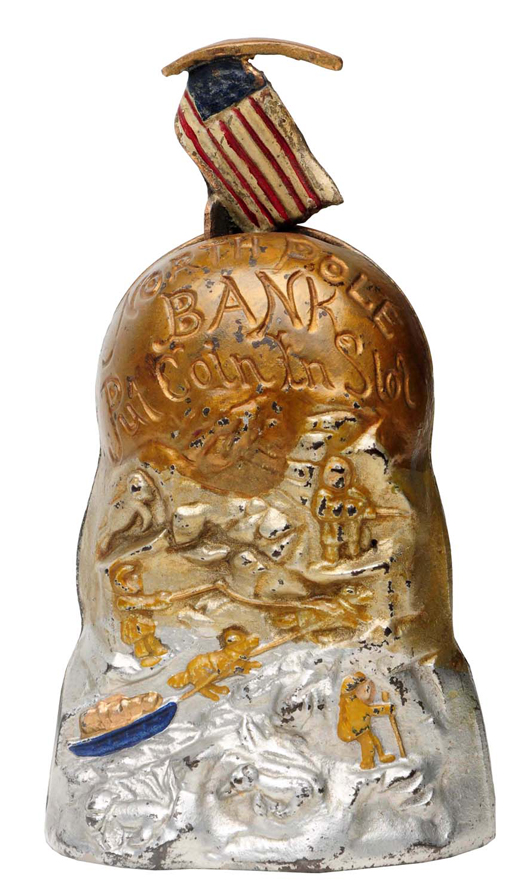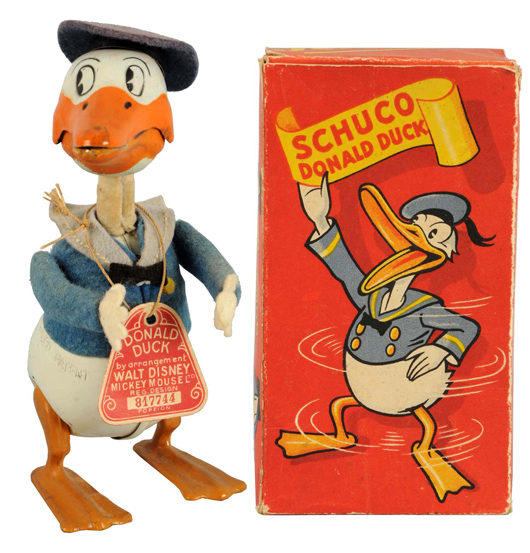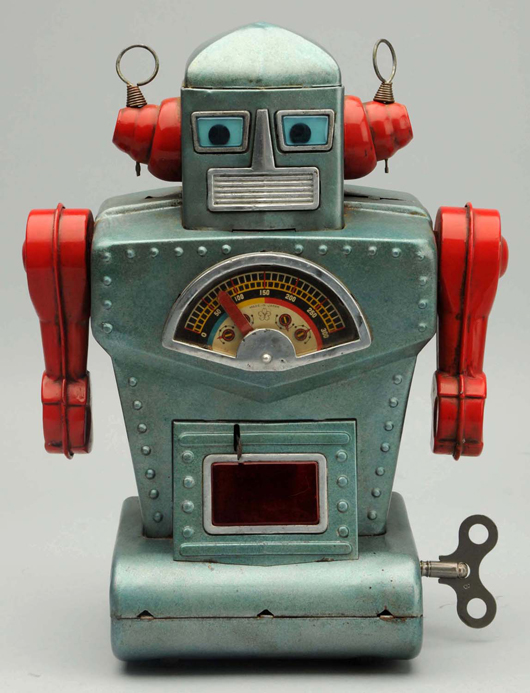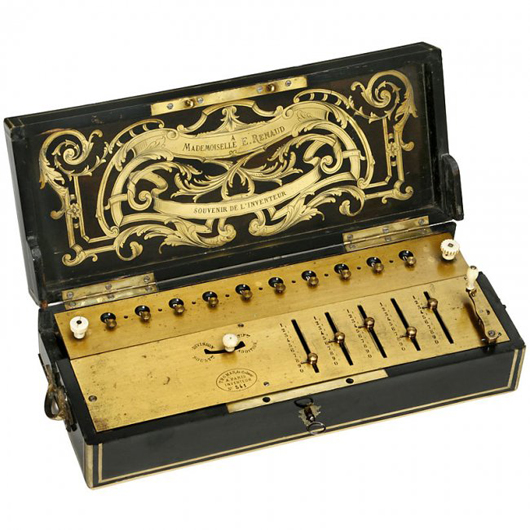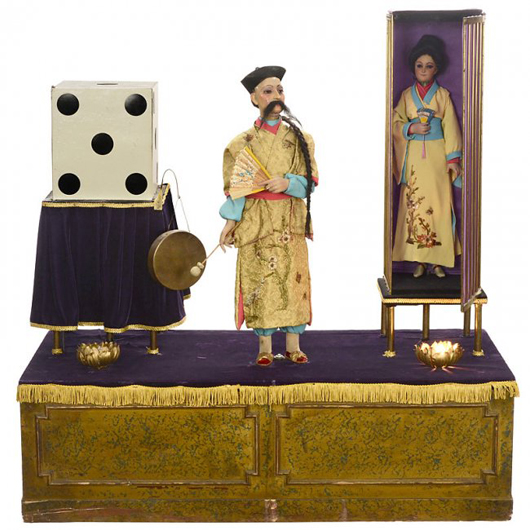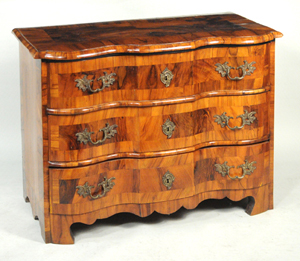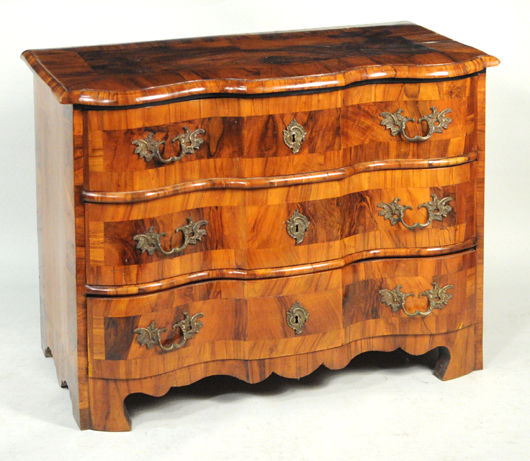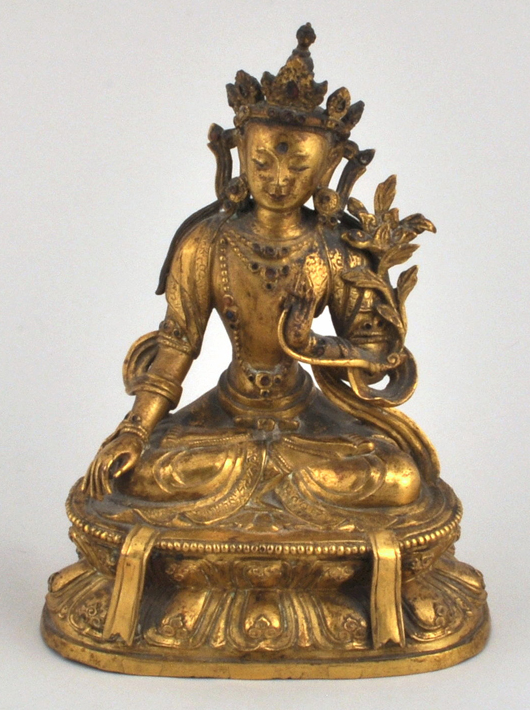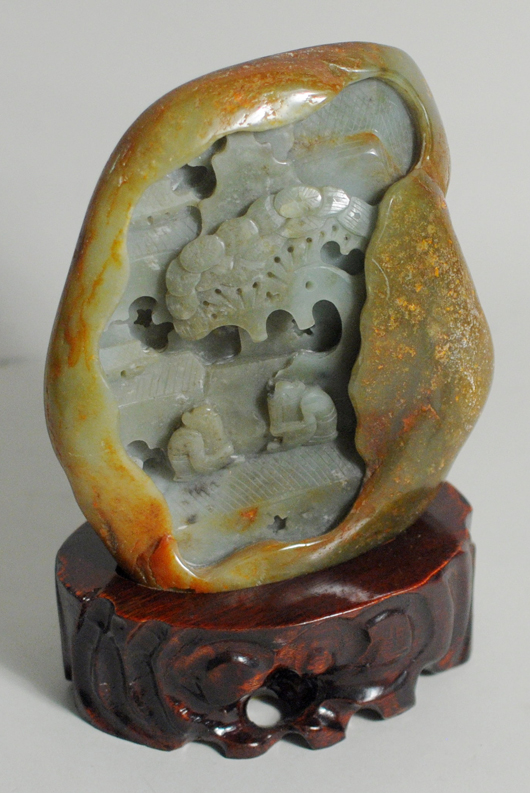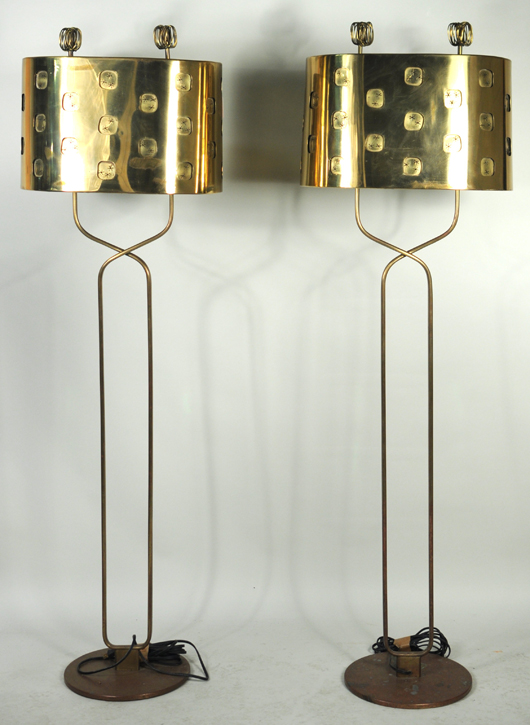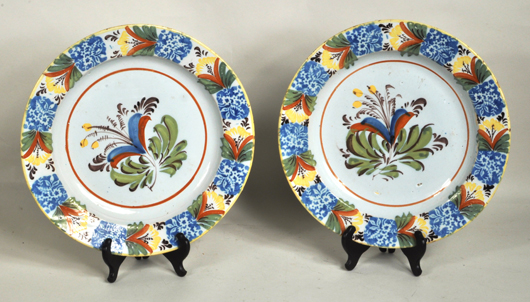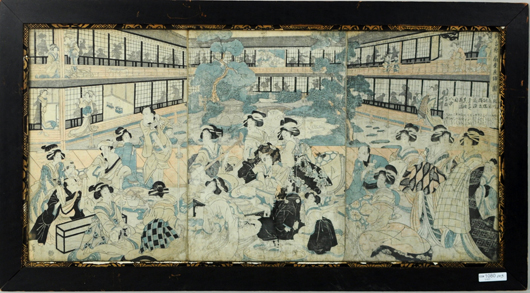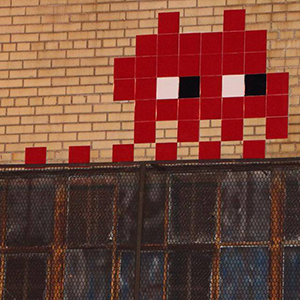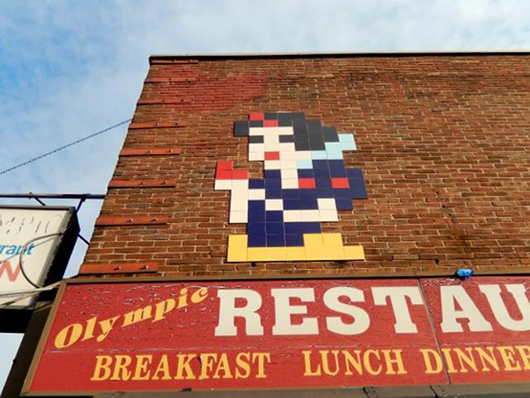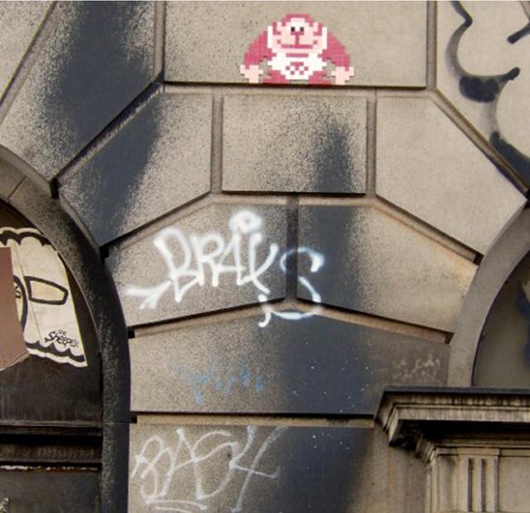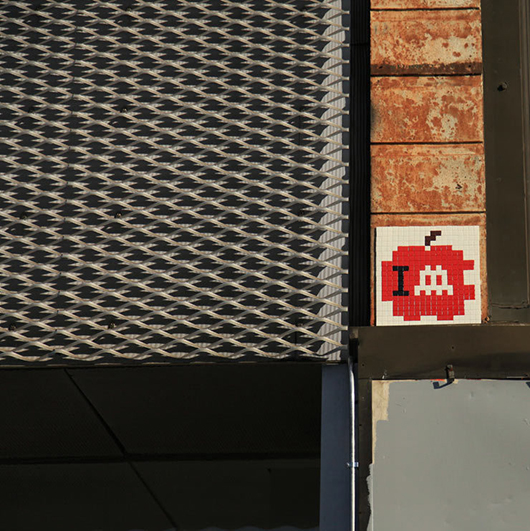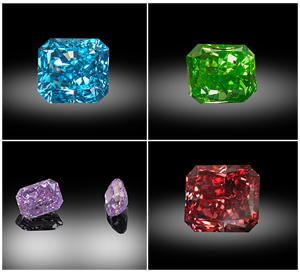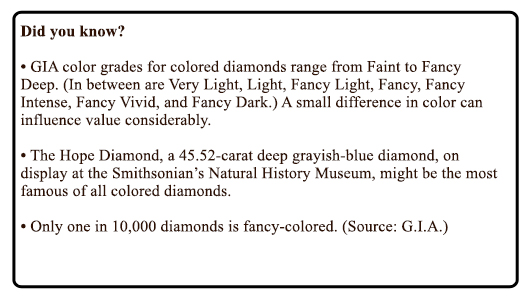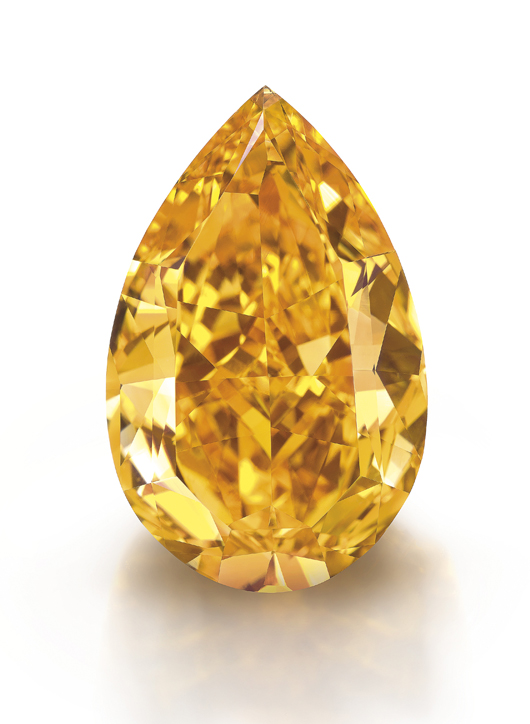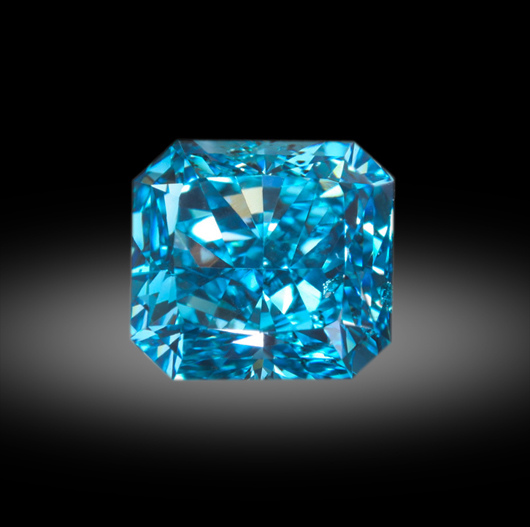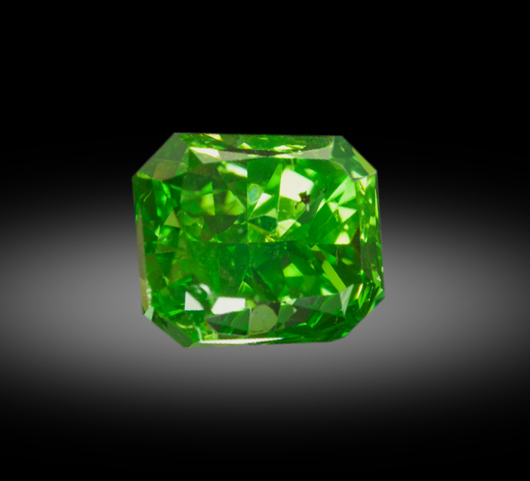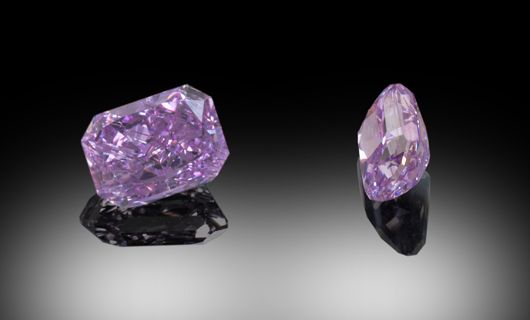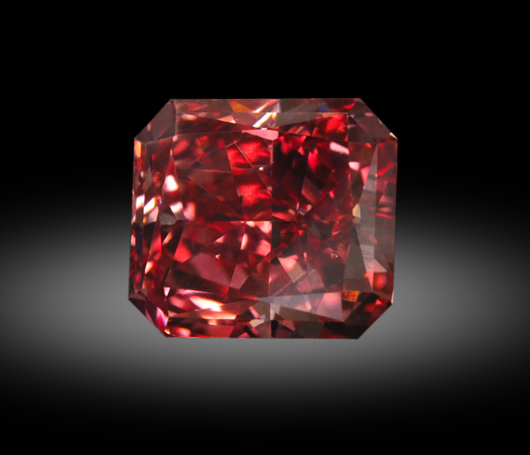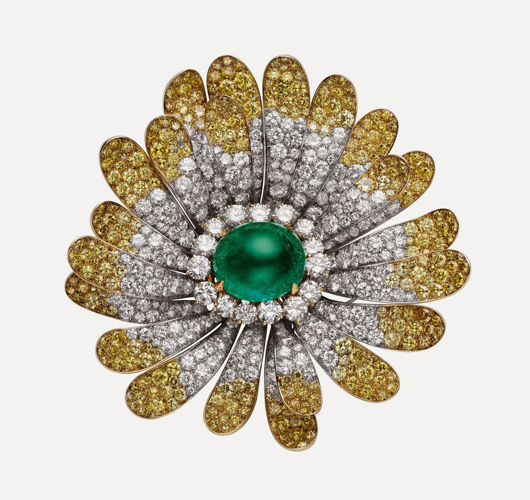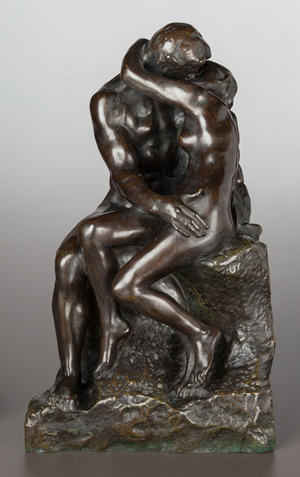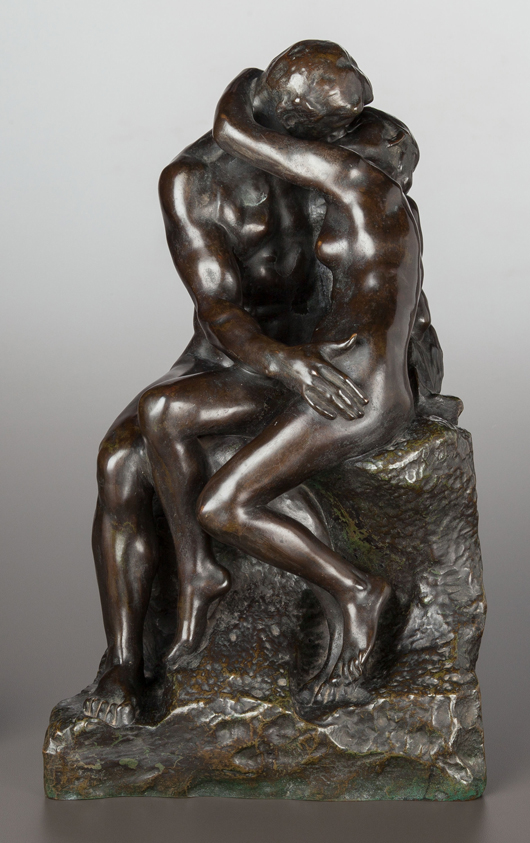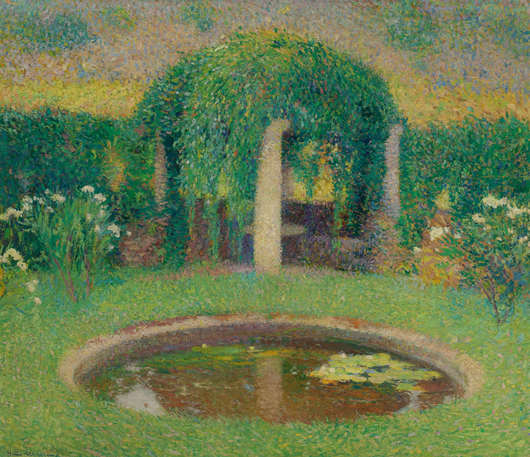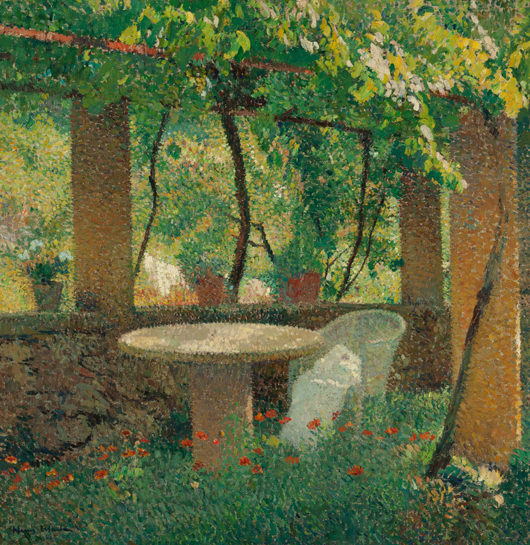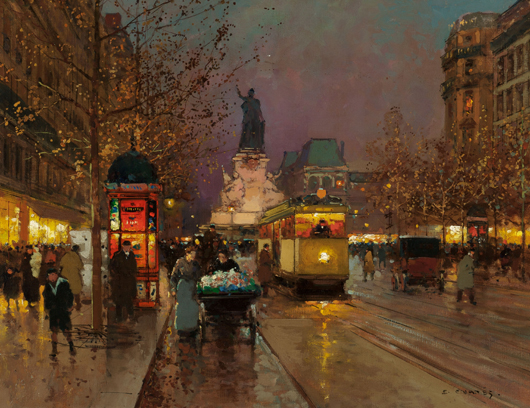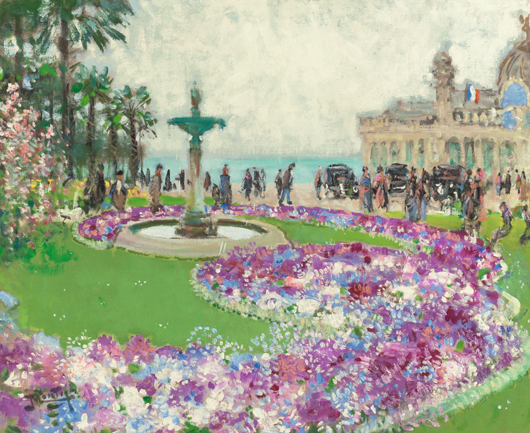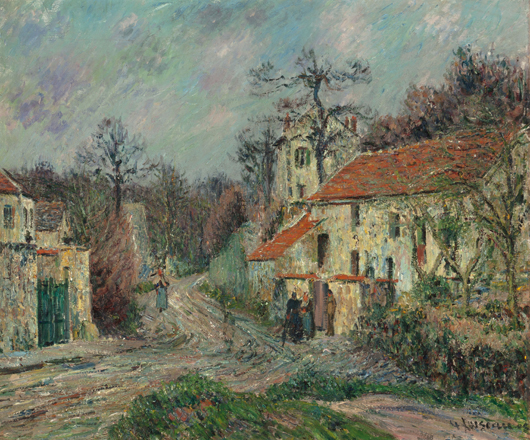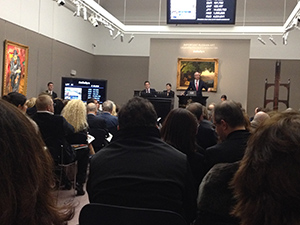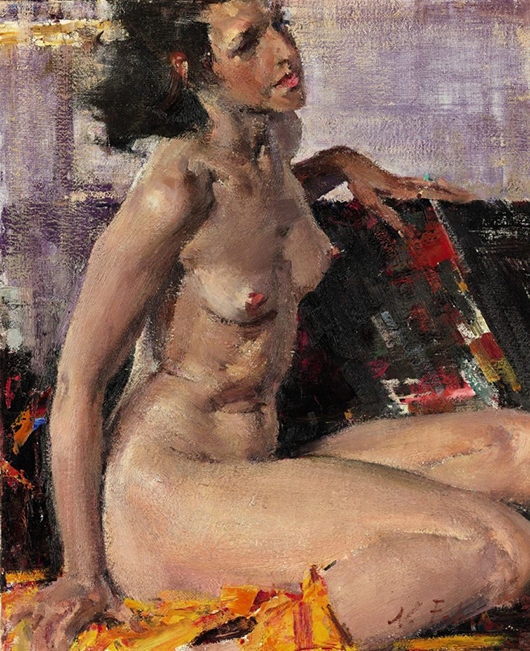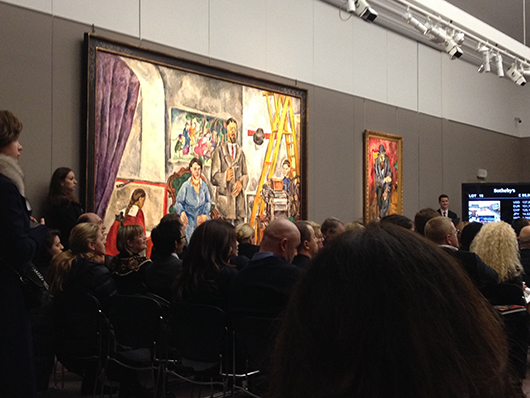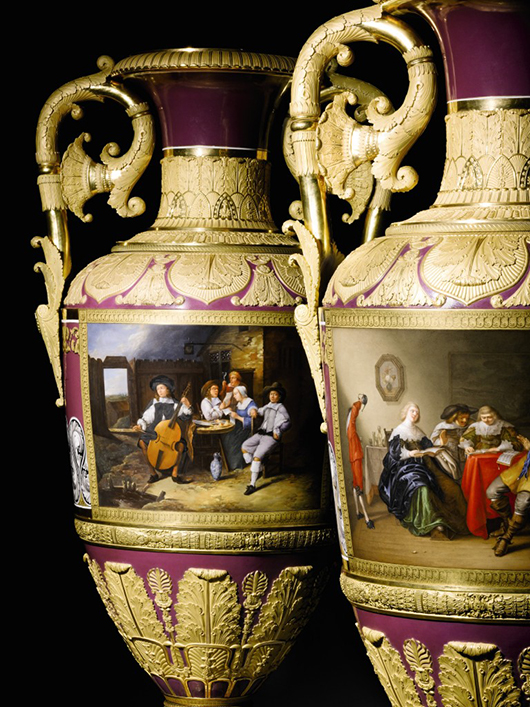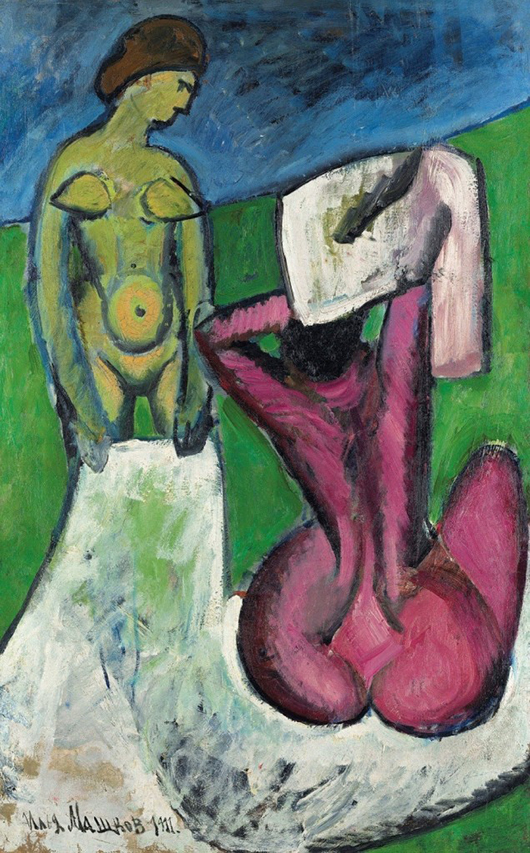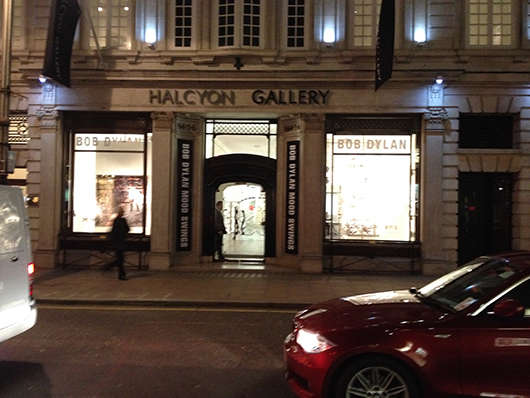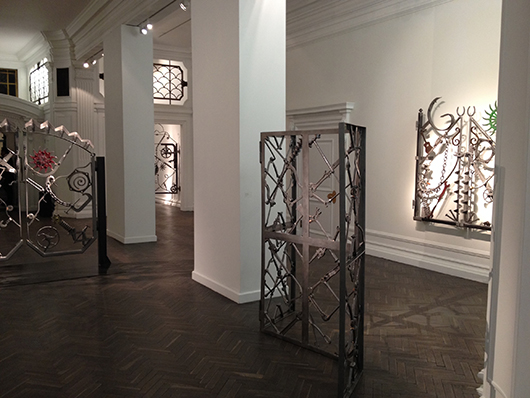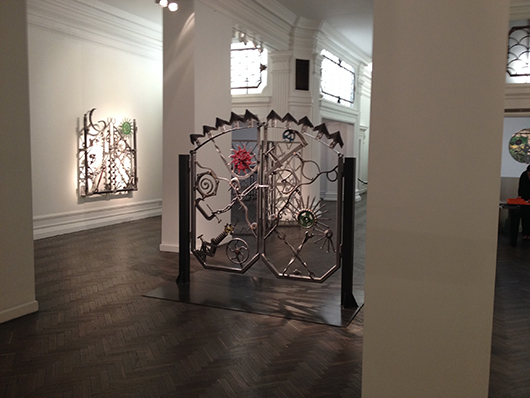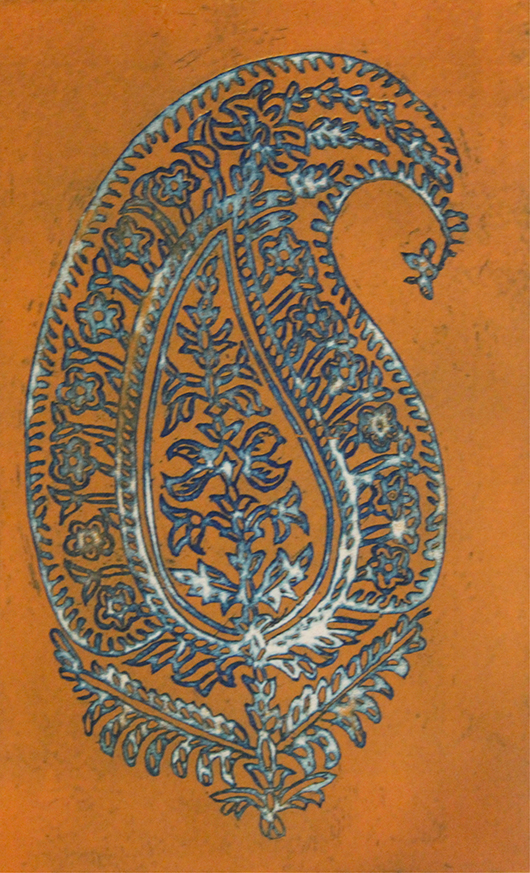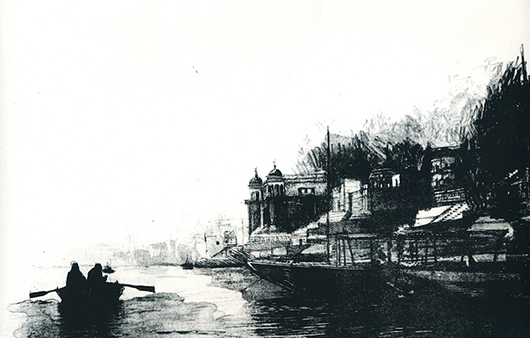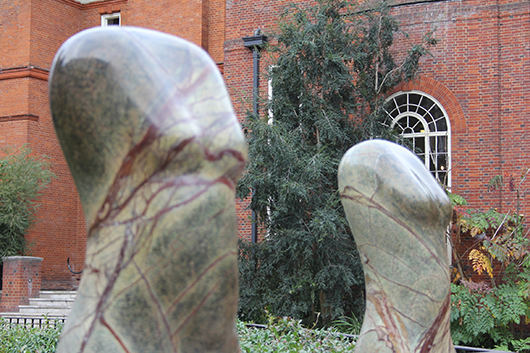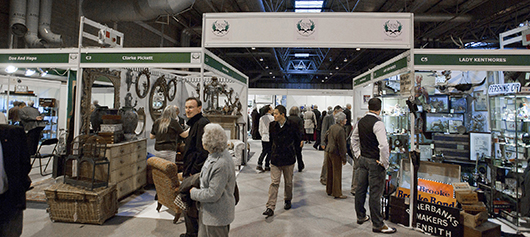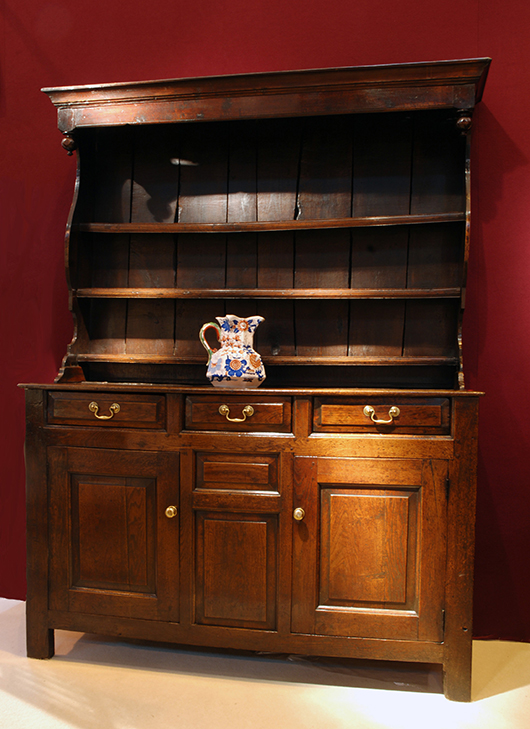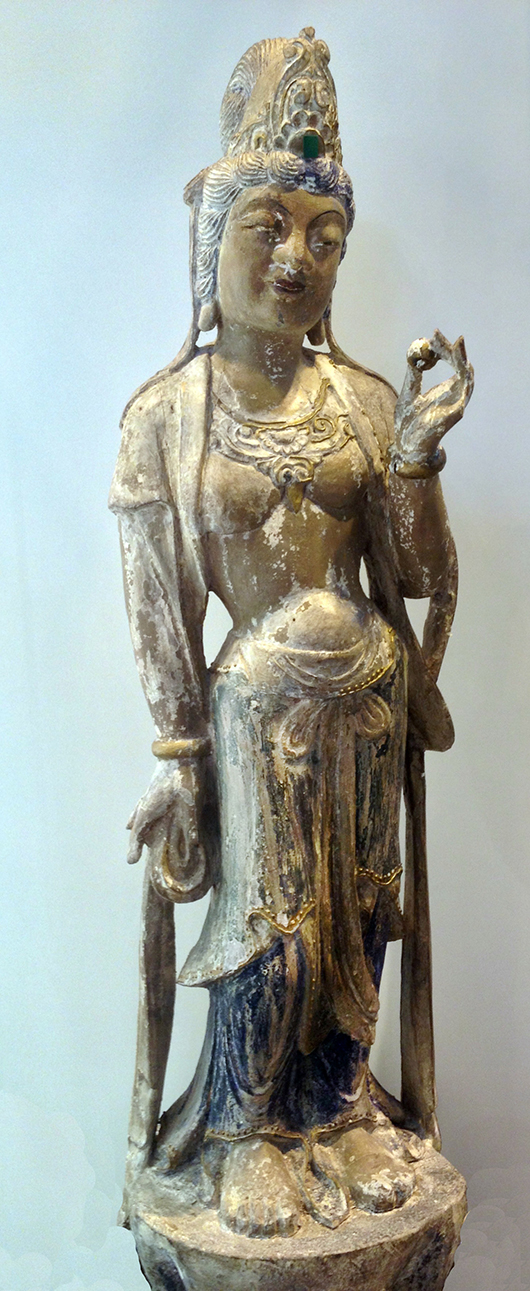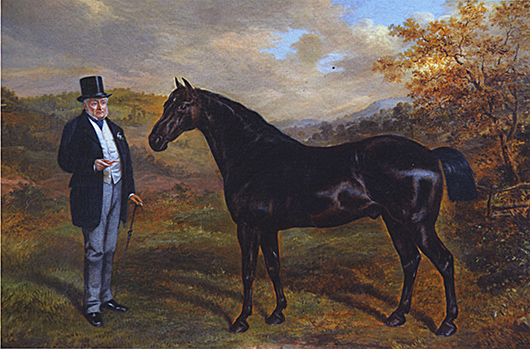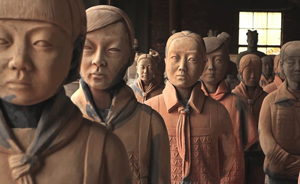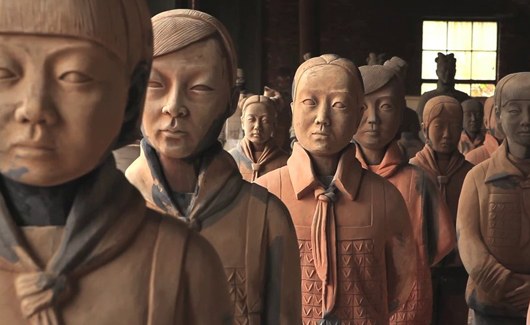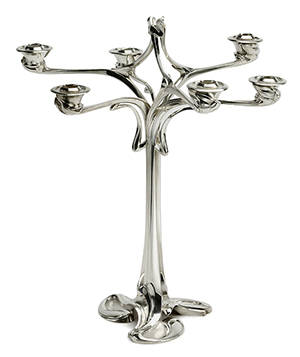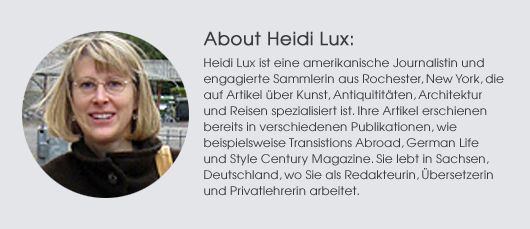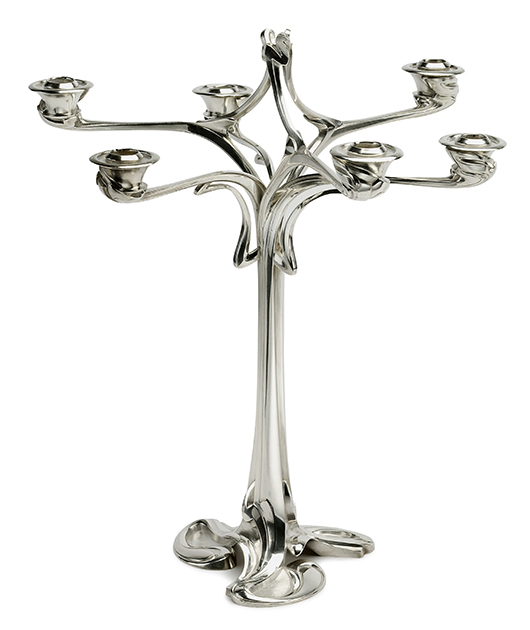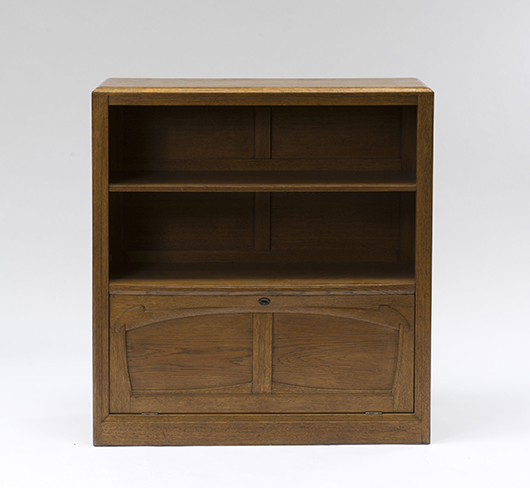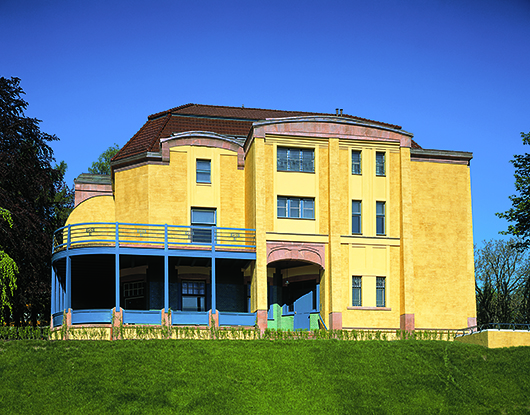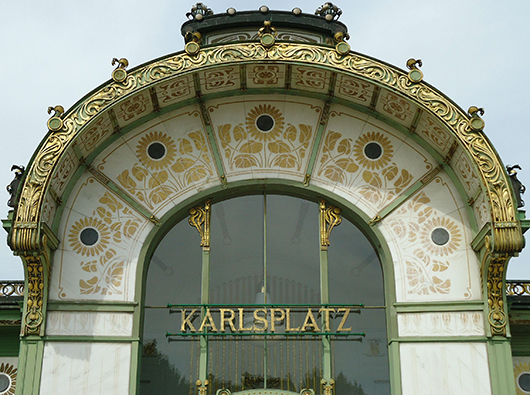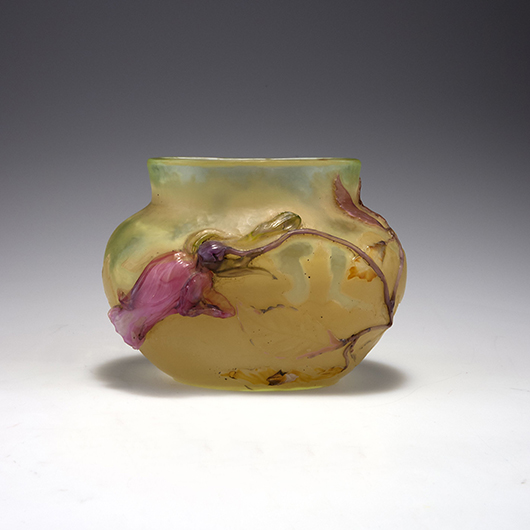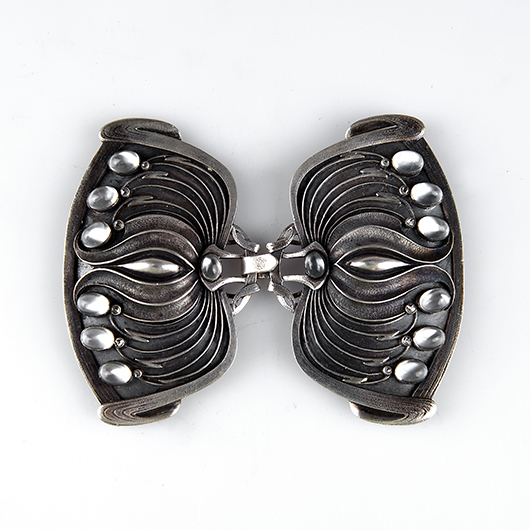
Born in Omaha, Neb., Ruscha moved to Oklahoma City in 1941 and to Los Angeles in 1956 to attend the Chouinard Art Institute. He had his first solo exhibition in 1963 at the Ferus Gallery in Los Angeles. In the years since, he has been widely recognized for his paintings, drawings, photographs and artist’s books.
Ruscha is known for art that often manipulates words and phrases in unconventional ways. Ruscha’s art is deeply influenced by his love of books and language, as reflected by his frequent use of palindromes, unusual word pairings and rhyme. He has often combined the cityscape of Los Angeles with vernacular language, and his early work as a graphic artist continues to strongly influence his aesthetic and thematic approach.
Ruscha’s archive comprises five personal journals filled with preliminary sketches and notes; materials related to the making of his artist’s book of Jack Kerouac’s “On The Road” (2010); notes, photographs, correspondence and contact sheets relating to the creation and publication of his many other artist’s books, including “Twentysix Gasoline Stations” (1962), “Every Building on the Sunset Strip” (1966) and “Some Los Angeles Apartments” (1965); and materials relating to his short films “Miracle” (1975) and “Premium” (1971); his portfolios; and several art commissions.
Once processed and cataloged, the materials will be accessible in the Ransom Center’s reading room to students, researchers and the public.
“The Ransom Center is committed to the idea of having the public share in these treasures through exhibits and also encouraging scholarship by allowing the study of these important materials and subjects,” said Ruscha. “The thought that my working documentation could be in this magnificent repository is a wonderful honor and destination of great respect. I now see that the Ransom Center is the home to end all homes.”
Ruscha has been the recipient of many awards and honors, including a 1971 Guggenheim Foundation Fellowship, a National Endowment for the Arts Grant in 1978 and the 2009 Artistic Excellence Award from Americans for the Arts. In 2013, he was honored by Time magazine as one of the “100 Most Influential People.”
“Ed Ruscha’s art draws upon literature, photography and film,” said Ransom Center Director Stephen Enniss. “His archive complements and extends the Center’s diverse collections and will be an invaluable resource for all those interested in studying the art, photography and literature of our time.”
In 1962, Ruscha’s first book, “Twentysix Gasoline Stations,” revolutionized the genre of artists’ books. He is often credited with establishing the way modern artists’ books are conceived, designed and consumed. The archive will complement the Ransom Center’s extensive collection of artists’ books.
“Ruscha is one of the most important artists of his generation,” said Peter Mears, curator of art at the Ransom Center. “His career, beginning with the 1960s Pop Art movement, spans a half-century of modern and contemporary art practice. His use of words and wry phrases, prominent throughout his artwork, will add a whole new dimension to the research experience here linking the visual and literary disciplines together in new and exciting ways.”
The purchase of the archive was primarily supported by generous donors, including Michael and Jeanne Klein, the Marlene Nathan Meyerson Foundation, and Mark Wawro and Melanie Gray. The university provided additional support for the acquisition.
Ruscha, who continues to live and work in Los Angeles, donated a substantial portion of the archive to the Ransom Center, including a complete set of his artist’s books, print portfolios, 16 mm reels of his films and a complete set of exhibition posters.
“We have long considered Ed Ruscha’s remarkable artworks as a visual form of narrative,” said Michael and Jeanne Klein. “How wonderful it is that his creative process will be studied at the Ransom Center alongside Jack Kerouac’s notebook and the papers of so many other authors whom Ruscha has admired.”
“Ed Ruscha’s influence on contemporary art and photography has been profound,” said Marlene Nathan Meyerson. “His archive will enrich our understanding of one of the most important artists of our time.”
Ruscha’s paintings are held in numerous museum collections internationally, and the Getty Research Institute and the J. Paul Getty Museum jointly hold a significant collection of Ruscha’s photographs. Ruscha has been included in numerous museum group exhibitions and has been the subject of solo retrospectives, most recently in the Getty Museum’s 2013 exhibition “In Focus: Ed Ruscha.”
Online: http://www.hrc.utexas.edu/
# # #
ADDITIONAL IMAGES OF NOTE

